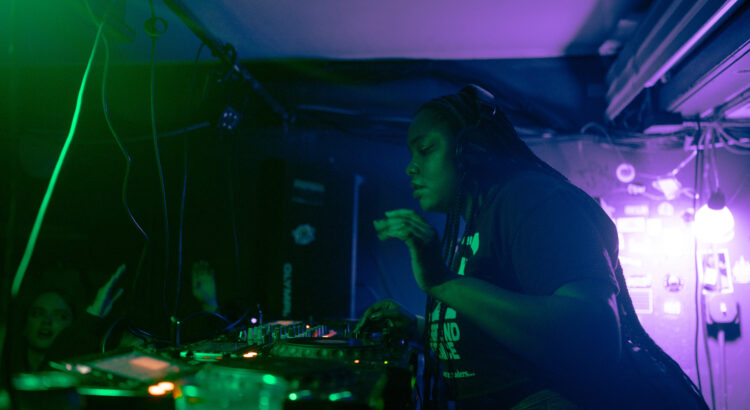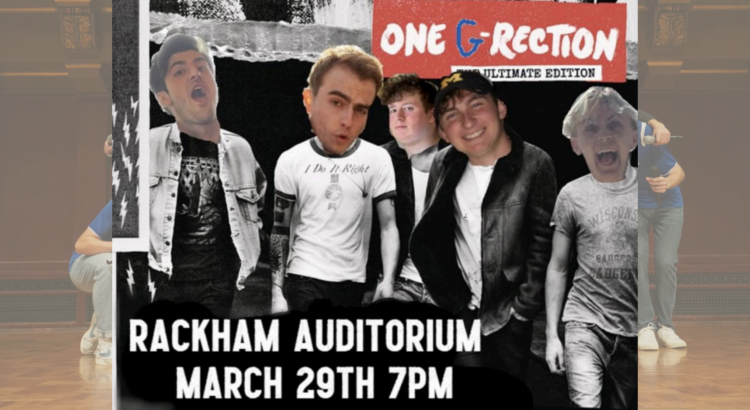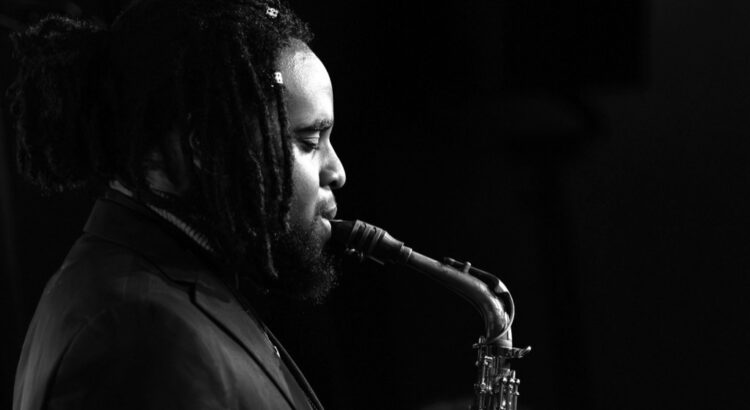April 7th, 2pm.
The Department of Voice and Opera eagerly welcomed Will Liverman and Karen Slack to a residency this semester, both of whom have enjoyed wildly successful careers as opera singers worldwide.
Karen Slack is an American soprano known for her powerful and emotive voice, as well as her versatility across a range of musical styles. She has performed with major opera companies and symphonies worldwide, in both traditional operatic repertoire and contemporary works. Slack debuted the role of Billie in Terence Blanchard’s Fire Shut Up In My Bones at the Metropolitan Opera in 2019, as she maintains a strong commitment to performing the work of living composers. She was awarded the Sphinx Medal of Excellence in 2022, a prestigious award for artistic achievement. She is an active educator and coach in Universities across the country, including our own! In addition to her vocal presence, she also hosts an interview web series called #KikiKonvos. It began on Facebook Live in the height of the pandemic and has continued ever since.
Will Liverman is an American baritone with a collection of prestigious operatic credits as well as successful discography and concert work. He debuted the role of Charles in the Metropolitan Opera’s Fire Shut Up In My Bones, by the fabulous Terence Blanchard. (The album of which won the 2023 GRAMMY Award for Best Opera Recording.) Last season, he sang the title role in Anthony Davis’ groundbreaking work, X: The Life and Times of Malcolm X at the Metropolitan Opera. As well as a highly desired singer, Liverman is also a composer. The Lyric Opera of Chicago presented the world premiere of Liverman’s new opera, The Factotum, which he starred in and composed with DJ King Rico. He has performed worldwide in operas and recitals while making time to educate and coach in universities across the country. He also has the most fabulous shoe collection I have ever seen.
The two held a 3-day residency at the School of Music Theater and Dance, holding a departmental Q&A,  a vocal masterclass, and finishing out with a stunning recital featuring the two. It was incredible to hear these performers speak about their lives as opera singers, as they have been instrumental figures in modern-day classical music.
a vocal masterclass, and finishing out with a stunning recital featuring the two. It was incredible to hear these performers speak about their lives as opera singers, as they have been instrumental figures in modern-day classical music.
The recital featured a collection of songs by Margaret Bonds, Harold Arlen, Nina Simone, Florence Price, Undine Smith Moore George Gershwin, and Shawn Okpebholo! The repertoire choices were predominantly by Black and female composers, a majority that is not often represented in the classical canon. Their performances of these art songs and arias were each thoughtful and provocative, with thoughtful emphasis on the text. There was a true connection and conversation within each piece, along with some of the most virtuosic vocalism I have ever encountered.
The two wrapped up the recital with the iconic duet from Gershwin’s Porgy and Bess, “Bess You Is My Woman Now”. A beautiful and heartwarming duet, I thought a wonderful way to end the evening—until their encores! Liverman performed a beautiful and pensive song he composed, and Slack sang Giordanni’s “Caro mio ben”, a tune brought into the mainstream from Beyonce’s new album.
Their residency was truly spectacular, filled with inspiring vocalism and encouragement for aspiring singers. What a gift to welcome these educators and performers to our University!









